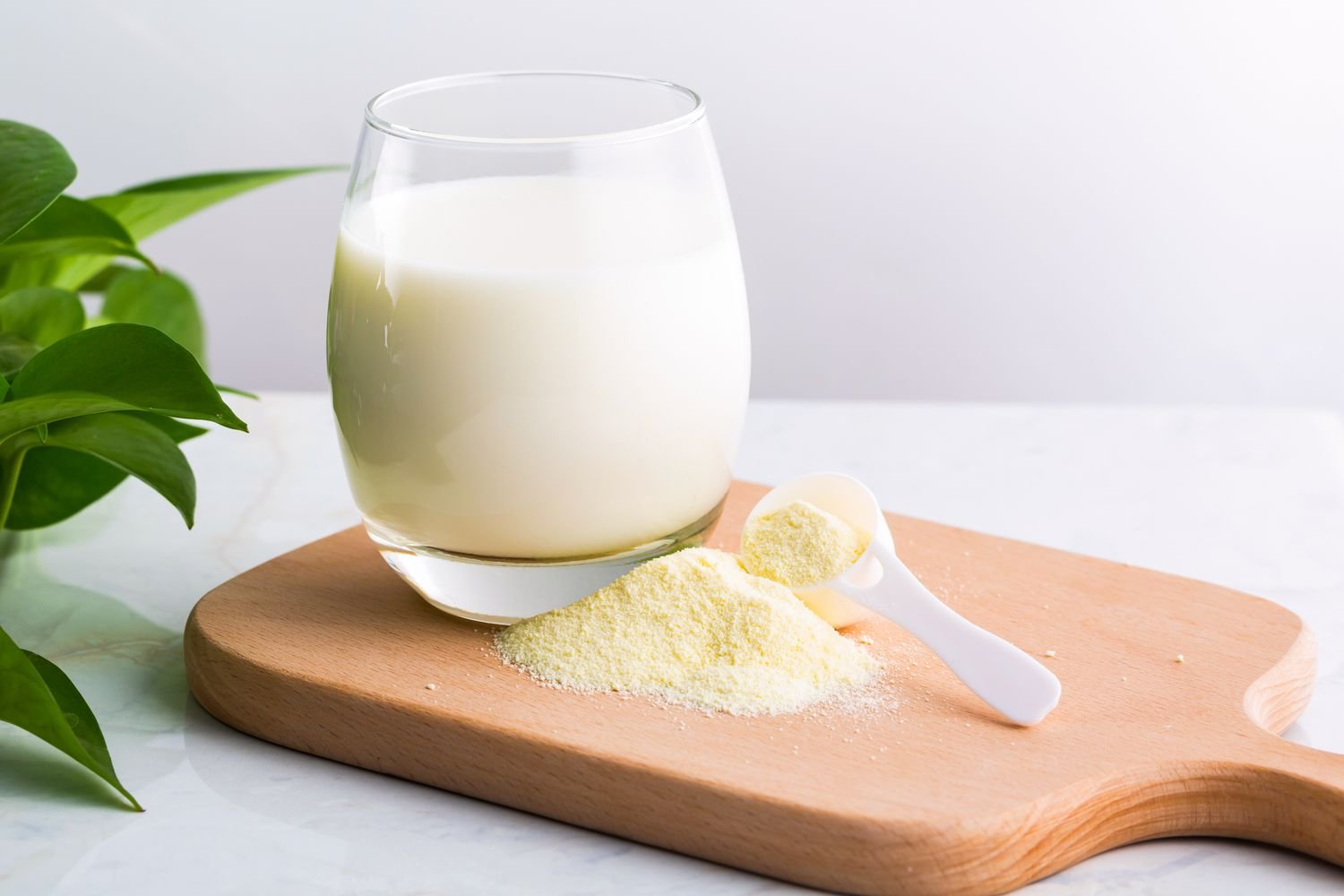
Powdered milk is more than just a pantry staple—it’s a versatile ingredient widely used in bakeries, confectionery, and food manufacturing around the world. Its unique properties enhance taste, texture, aroma, and shelf life, making it an essential component in both bread and cake production.
How Powdered Milk Improves Bread Dough
1. Enhances Flavor
The natural lactose, proteins, and fats in milk powder enrich bread with a creamy, slightly sweet taste, creating a richer flavor profile compared to standard loaves.
2. Softens Texture
Milk fats and proteins improve dough tenderness and help bread retain softness for longer, even after storage.
3. Improves Aroma
The subtle, fresh dairy aroma balances other ingredients and can reduce strong egg odors, enhancing overall appeal.
4. Strengthens Structure
Milk proteins support gluten formation, helping dough hold fermentation gases for better volume and elasticity, resulting in evenly risen bread.
Using ingredients that make the dough stable is very important because bread dough may not withstand the development process or the baking process afterward.
5. Boosts Nutrition
Powdered milk is a source of calcium, vitamin D, and high-quality proteins such as casein and whey, adding functional nutrition to baked goods.
6. Improves Appearance
During baking, lactose triggers the Maillard reaction, giving bread an attractive golden-brown crust and richer flavor.
Benefits for Cake and Pastry Production
The benefits of powdered milk for bread and cake batter are not that different. Many types of cakes increasingly require powdered milk such as pies or creamy cakes. If you have powdered milk in your kitchen, it can be used for both bread and cake.
1. Dairy Alternative
If you don’t want to use liquid milk for some reason, powdered milk can be a convenient replacement for liquid milk, with longer shelf life and easier storage.
2. Flavor Intensifier
Flavor is one of the most important aspects of baking. Milk powder adds a richer, milkier taste to cakes, cookies, and pastries.
3. Texture Optimizer
Baking should also focus on the texture. One of the benefits of milk powder is the improvement of food texture including for cakes. If you’re making cookies, it’s even more important to use powdered milk.
Why? Milk powder is able to maximize the texture of cookies. Improves crumb tenderness in cakes and enhances crispiness in cookies.
4. Improve Dough Rising
If you need help with dough rising, milk powder can be a helpful ingredient. Cookie dough can be difficult to rise due to certain things such as incorrect flour measurements, inactive yeast, and incorrectly beaten dough. In order for the dough to rise optimally, you can mix it with milk powder.
Milk powder is often used for many types of cakes such as cakes with a soft texture. Although you can rely on baking powder, milk powder can also contributes to better batter aeration and cake volume.
5. Color Enhancement
In making cakes, color is also a factor to consider. The more visually appealing the cake, the more appetizing it will be. Milk powder can not only affect the texture and taste of the cake but also the color.
Mixing milk powder in the cake batter can encourages a desirable golden hue during baking, making it look more delicious. But make sure to use a balanced ratio for better cake quality.
Best Practices for Using Powdered Milk in Manufacturing
Powdered milk is not only often used in personal kitchens but also industrial bakeries. Here are some tips on powdered milk application:
1. Choose Premium Quality
Use milk powder sourced from trusted suppliers, produced under strict quality control, and free from unnecessary additives.
2. Follow Correct Ratios
If the powdered milk you buy provides measuring instructions, try to follow them when making bread or cakes. Overuse can make dough dense; underuse reduces benefits. Follow formulation guidelines for optimal results.
3. Innovate Beyond Bread & Cakes
There are many types of bread that you can make with milk powder. Ideal for ice cream, pancakes, savory snacks, and more—expand your product portfolio with milk powder applications.
At Lautan Natural Krimerindo Ltd., we supply high-quality industrial-grade milk powder designed for consistent performance in large-scale food production. From bakeries to confectionery plants, our products ensure your recipes deliver superior taste, aroma, texture, and shelf life—every time.
Frequently Asked Questions
What is the main purpose of milk powder in baking?
Milk powder is a longer-lasting version of fresh milk. It improves flavor, texture, structure, and nutritional value, while also extending shelf life.
How much milk powder should I use for bread dough?
Formulations vary, but a common reconstitution ratio is 1 part milk powder to 10 parts water.
Can milk powder replace fresh milk?
Yes. It offers the same functional benefits with longer shelf life, easier storage, and reduced transport costs.



